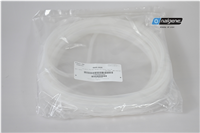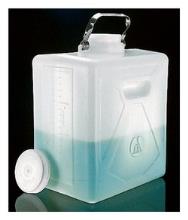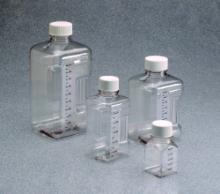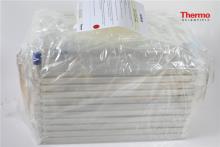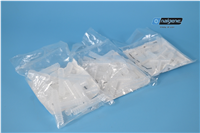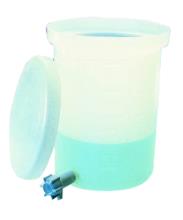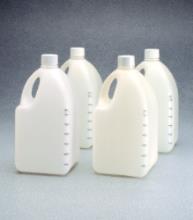产品详细信息
Description: The RB6-8C5 monoclonal antibody reacts with mouse Ly-6G, a 21-25 kDa protein also known as the myeloid differentiation antigen Gr-1. A GPI-linked protein, Gr-1 is expressed by the myeloid lineage in a developmentally regulated manner in the bone marrow. While monocytes only express Gr-1 transiently during their bone marrow development, the expression of Gr-1 on bone marrow granulocytes as well as on peripheral neutrophils is a good marker for these populations.
eBioscience testing indicates that in the bone marrow and lysed whole blood, the antibody clone RB6-8C5 also stains cells that express the highest levels of Ly6c (as defined by staining with antibody clone HK1.4). It is recommended that 1A8-Ly6G (Product # 9668) be used when looking at Ly-6G specific targets.
Applications Reported: The RB6-8C5 antibody has been reported for use in flow cytometric analysis, immunoprecipitation, immunoblotting (WB), and immunohistochemical staining of frozen or formalin-fixed paraffin embedded tissue. It has also been reported in cell depletion. (Please use Functional Grade purified RB6-8C5,Product # 16-5931-82, in functional assays).
Applications Tested: The RB6-8C5 antibody has been tested by flow cytometric analysis of mouse bone marrow cells and splenocytes. This can be used at less than or equal to 0.5 µg per test. A test is defined as the amount (µg) of antibody that will stain a cell sample in a final volume of 100 µL. Cell number should be determined empirically but can range from 10^5 to 10^8 cells/test. The RB6-8C5 antibody has been tested by immunohistochemistry of formalin-fixed paraffin embedded mouse tissue using low or high pH antigen retrieval and can be used at less than or equal to 10 µg/mL. It is recommended that the antibody be carefully titrated for optimal performance in the assay of interest.
Purity: Greater than 90%, as determined by SDS-PAGE.
Aggregation: Less than 10%, as determined by HPLC.
Filtration: 0.2 µm post-manufacturing filtered.
靶标信息
Granulocytes are a category of white blood cells characterised by the presence of granules in their cytoplasm. They are also called polymorphonuclear leukocytes (PMN or PML) because of the varying shapes of the nucleus, which is usually lobed into three segments. In common parlance, the term polymorphonuclear leukocyte often refers specifically to neutrophil granulocytes, the most abundant of the granulocytes. Granulocytes or PMN are released from the bone marrow by the regulatory complement proteins.






 微信公众号下单更便捷
微信公众号下单更便捷
